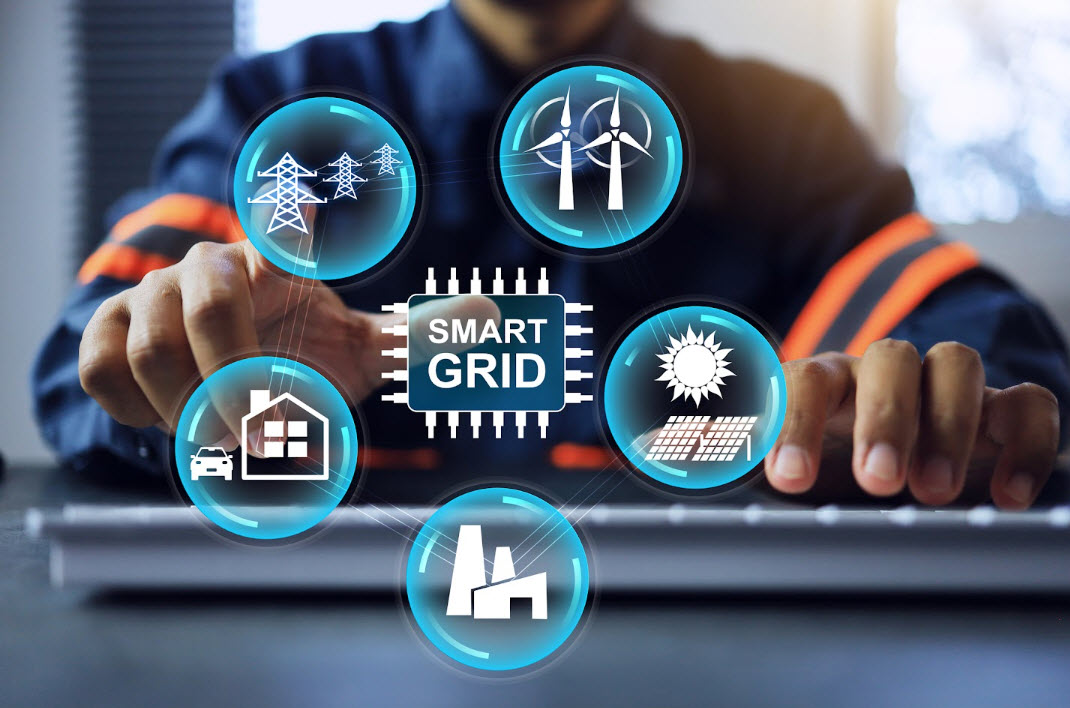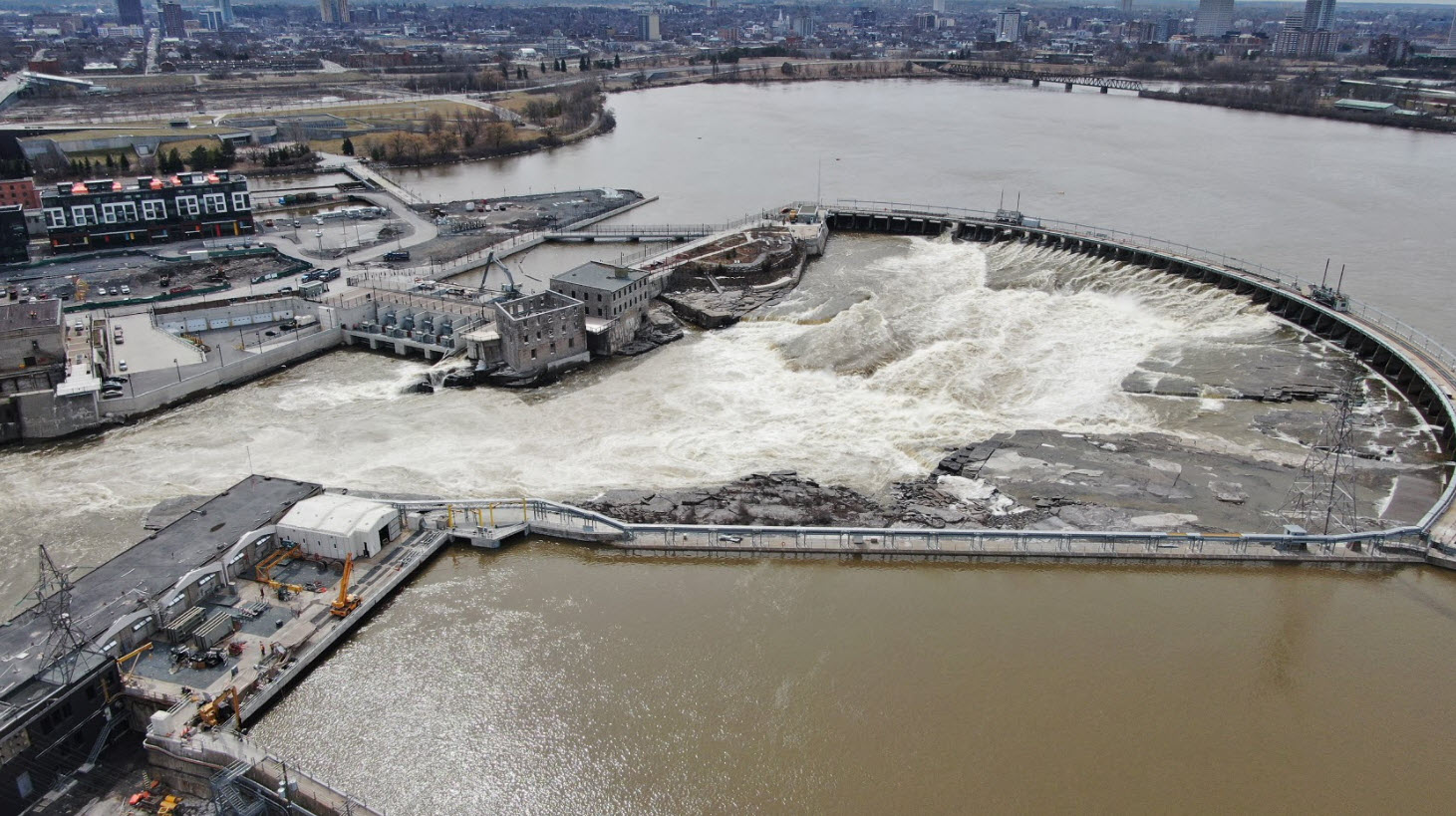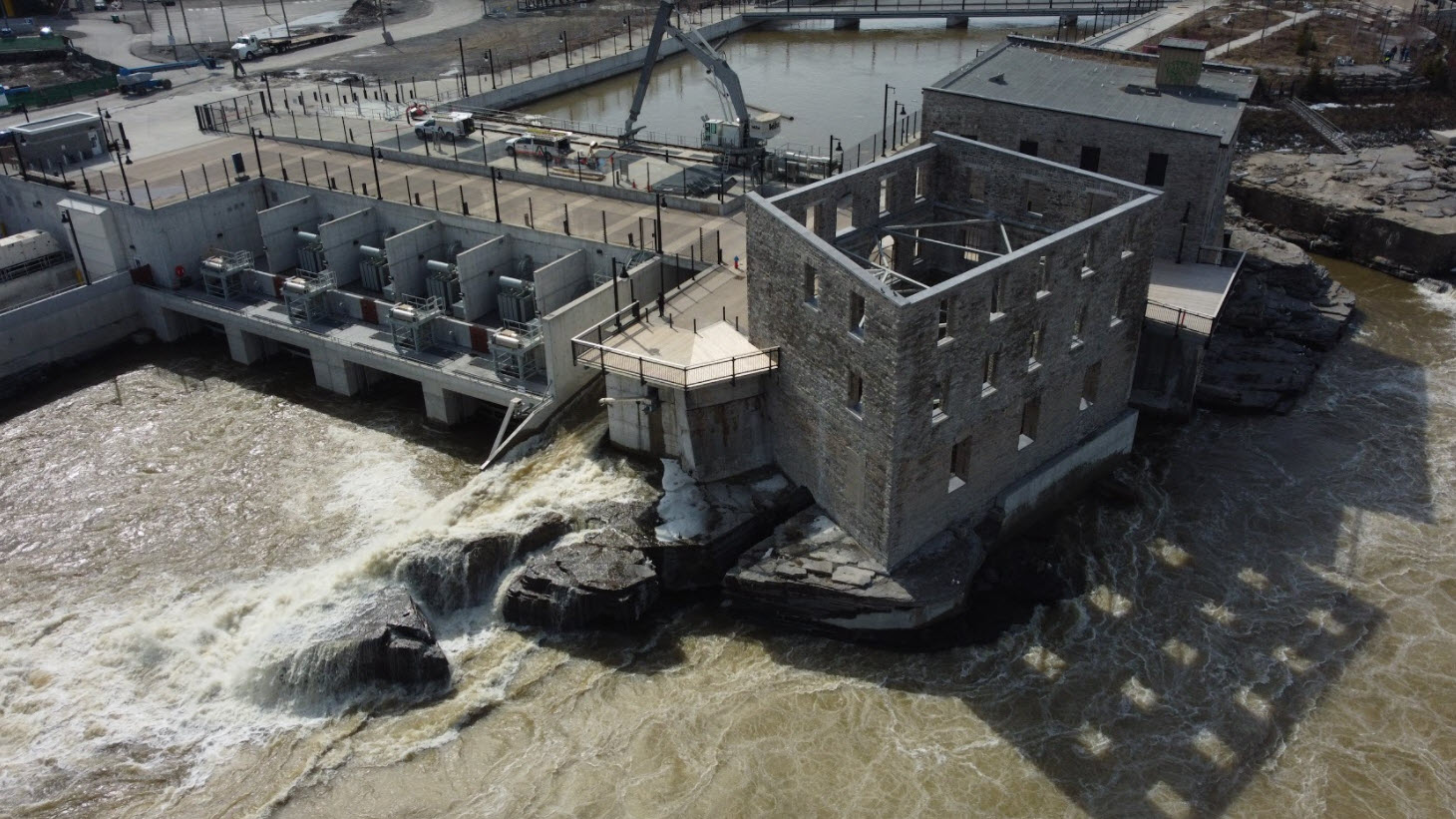The impacts of climate change are already being felt in Ottawa. What used to be once-in-a-century storms are becoming increasingly common. This has led to a rise in floods, wind storms, tornadoes, extended heat waves, and severe cold snaps, all of which pose significant risks to our distribution infrastructure. As we strive toward a carbon-free future, it's crucial to enhance our system's resilience against these challenges.
Much of the city’s infrastructure used today was built between the 1960s and the 1980s, with system planners at the time using 50 to 100 years of historical trends to predict future energy demand. Our world today is changing faster than anybody could have predicted. As a result, the infrastructure from only 40 years ago simply can’t keep pace with today’s climate and lifestyle changes. To address this, Hydro Ottawa is undertaking a comprehensive modernization of the city’s electricity grid.
We know that meeting our city’s growing energy needs, adapting to a changing climate, and supporting a transition to a carbon-free future requires more than just installing additional poles, wires, and substations. While these traditional infrastructure elements are still important and will continue to be used, we are also embracing new technologies and innovative solutions. Hydro Ottawa’s ambitious goal of achieving net-zero operations by 2030 drives our grid modernization efforts, ensuring that we not only improve reliability and resilience but also significantly reduce our carbon footprint.
Our vision is a smart energy future—a future where our energy supply adapts intelligently to changing needs and leverages innovative technologies to benefit our customers and the environment.
We’re currently engaged in a multi-year project to enhance the intelligence and resilience of our network by automating outage restoration, improving capabilities to withstand severe weather, expanding customer options for distributed generation and storage, and making grid operations more flexible and efficient.
Here are some of the many solutions and technologies we have implemented to make this vision a reality:
Smart grids are revolutionizing how we manage our energy supply, using data analytics, automation, and artificial intelligence (AI) to create a system that's not only efficient and reliable but also remarkably adaptable. Imagine a grid that can instantly detect and diagnose faults, rerouting power to minimize disruptions. That's the power of self-healing grids and why you may not see a crew in your area during certain outages. With remote capabilities, repairs can be performed at the system level without ever having to send a truck to the location. To support these smart grid initiatives, we are actively upgrading and expanding our fibre network. This high-speed communication infrastructure acts as the nervous system of our smart grid, enabling real-time monitoring and lightning-fast response times. It's like having a team of experts constantly fine-tuning the system, ensuring optimal performance and preventing issues before they arise. With smart grids, we're not just keeping the lights on; we're building a resilient, intelligent energy system for the future.
Distributed energy resources (DERs) are transforming how we generate and consume power. DERs are electricity producing resources such as solar panels and battery storage systems that are connected to the main grid. This shift reduces our reliance on distant power sources, diversifies our energy mix, and enhances overall grid efficiency. DERs are rapidly gaining popularity in Ontario, as evidenced by an 84 per cent increase in adoption between 2016 and 2020. Through net metering programs, customers generate their own clean energy to meet the needs of their home or business. Any excess energy they produce and do not use, is sent back to the grid in exchange for a non-cash credit on their electricity bill. This not only benefits individual customers but also contributes to a more sustainable and balanced energy system for the entire community. In 2023 alone, we saw a 40 per cent year-over-year increase in residential customers embracing rooftop solar power, demonstrating the growing momentum of this exciting energy transformation.
Microgrids are made up of energy users, distributed energy resources, and advanced controllers that connect to the main grid but can also operate independently. This means that in the event of a widespread power outage, microgrids can continue to supply power, keeping homes and businesses running smoothly. They act as localized power sources, often utilizing renewable energy like solar or wind, along with battery storage, to provide a self-sufficient and resilient energy supply. While microgrids serve as a reliable backup during emergencies, their benefits extend beyond just outage protection. They can also help ease the load on the grid during peak periods when electricity costs are highest, providing a more cost-effective energy supply as well as a cleaner energy supply if they are based on renewable energy sources. Lastly, unused electricity produced by the microgrid can also be returned to the main grid, further optimizing efficiency and sustainability. For an in-depth exploration of how microgrids work and their potential impact on our energy future, listen to our two-part podcast series titled Are microgrids the answer to a cleaner future?
Renewable generation plays a vital role in Hydro Ottawa’s strategy for a sustainable future. Portage Power, our dedicated generation subsidiary, positions us as Ontario’s largest municipally-owned green power producer. Our diverse energy sources, including hydroelectric, solar, and landfill gas-to-energy, collectively generate 131 megawatts of renewable electricity, enough to supply 110,000 homes annually. Remarkably, Portage Power has expanded its renewable generation capacity six-fold in just 12 years.
Hydro Ottawa is committed to affordably and sustainably modernizing its electricity grid to meet the energy needs of a growing Ottawa while combating climate change. Our strategic investments today are focused on building the grid of the future – a grid that is intelligent, adaptable, and capable of seamlessly integrating electric vehicles, heat pumps, and other emerging technologies that are vital to a decarbonized energy system.



